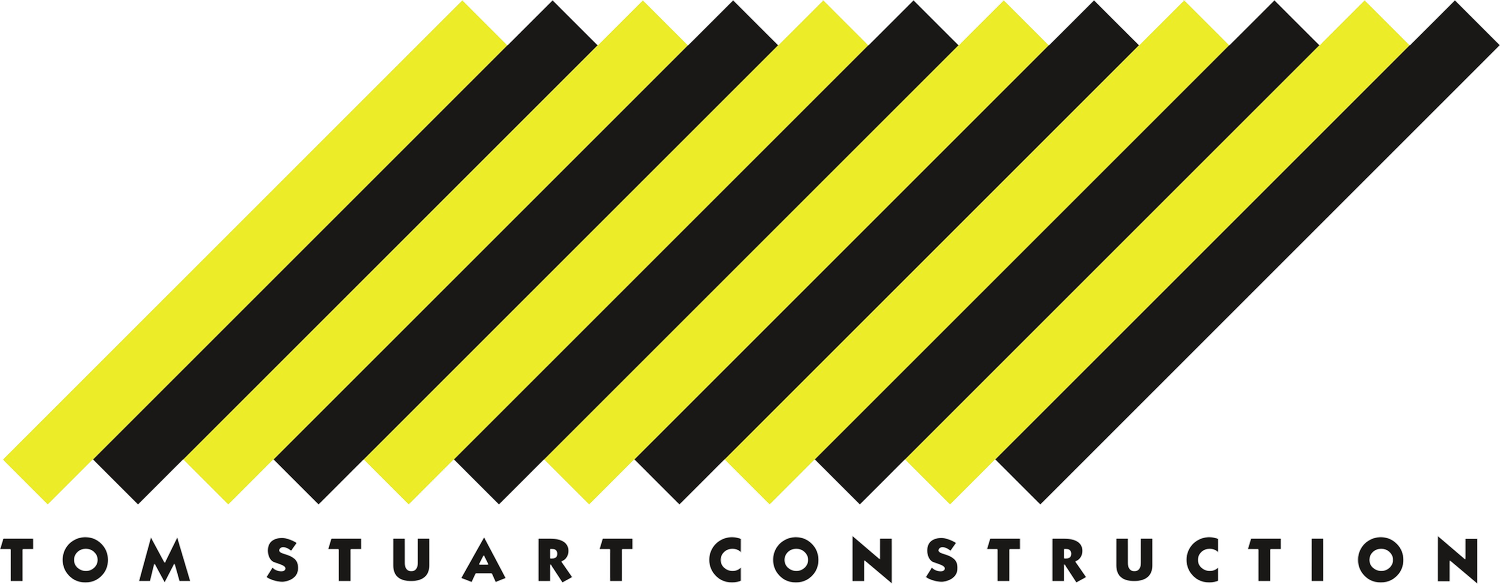The Rise of Tilt-Up Concrete Buildings in Utah: An Architectural Marvel
Introduction
Utah's architectural landscape is witnessing a remarkable transformation with the rise of tilt-up concrete buildings. These structures have gained immense popularity in recent years, offering a combination of strength, efficiency, and aesthetic appeal. In this blog post, we will delve into the fascinating world of tilt-up concrete buildings in Utah, exploring their benefits, architectural features, and the reasons behind their growing prominence in the region.
The Tilt-Up Construction Method
Tilt-up construction, also known as tilt-up concrete construction, involves casting concrete walls horizontally on-site and then lifting and tilting them into place. This method is gaining traction due to its efficiency, cost-effectiveness, and ability to create architecturally stunning buildings.
Benefits of Tilt-Up Concrete Buildings
Durability and Strength: Tilt-up concrete buildings are renowned for their exceptional strength and durability. The use of reinforced concrete panels provides robustness, making them resistant to earthquakes, fire, and severe weather conditions—a crucial advantage in a region like Utah.
Quick Construction: Tilt-up construction significantly reduces project timelines. By casting the concrete panels on-site, construction teams can work concurrently on multiple panels while site preparation and foundation work are underway. This streamlined process reduces construction time, allowing for faster project completion.
Cost-Effectiveness: Tilt-up construction offers cost advantages compared to traditional construction methods. The efficiency of the process, reduced labor requirements, and the ability to use locally sourced materials help minimize costs, making tilt-up buildings an attractive option for commercial, industrial, and institutional projects.
Versatility and Aesthetic Appeal: Tilt-up concrete buildings can be customized to suit various architectural styles and design preferences. The flexibility of the tilt-up method allows for the creation of unique shapes, textures, and finishes. Architects in Utah have been leveraging this technique to craft visually striking structures that stand out in the urban landscape.
Sustainability: Tilt-up construction aligns well with sustainable building practices. The use of concrete as a primary material offers excellent thermal mass properties, reducing energy consumption for heating and cooling. Additionally, concrete's longevity and low maintenance requirements contribute to the long-term sustainability of these structures.
Prominent Examples in Utah
Utah boasts an impressive collection of tilt-up concrete buildings that showcase the versatility and appeal of this construction method. Let's highlight a few notable examples:
Adobe's Lehi Building: The Adobe campus in Lehi, Utah, features an iconic tilt-up concrete building. Its striking design incorporates various concrete panel shapes and sizes, creating a visually captivating exterior. The building's sustainable features, including efficient insulation and natural lighting, earned it LEED Gold certification.
University of Utah's Lassonde Studios: Lassonde Studios is a groundbreaking innovation hub on the University of Utah campus. This vibrant facility combines student housing with a collaborative workspace for aspiring entrepreneurs. Its tilt-up concrete structure features large glass panels, providing an open and inspiring environment for creativity and innovation.
High-Tech Manufacturing Facilities: Utah's booming technology sector has embraced tilt-up construction for high-tech manufacturing facilities. These buildings offer large, open floor plans and adaptable spaces to accommodate evolving production needs. The combination of functionality, durability, and energy efficiency makes tilt-up concrete an ideal choice for such industrial applications.
Conclusion
Tilt-up concrete buildings have become a game-changer in Utah's architectural landscape. Their strength, efficiency, and aesthetic appeal have made them increasingly popular in commercial, industrial, and institutional projects. As the state continues to grow and evolve, tilt-up construction will likely remain a go-to method for architects and developers seeking durability, cost-effectiveness, and eye-catching design. Utah's tilt-up buildings are not only functional structures but also architectural marvels that add character and beauty to the urban environment.
